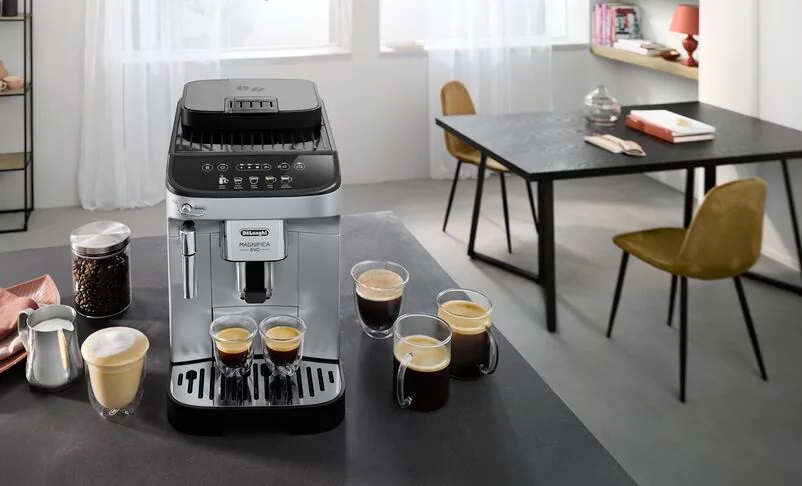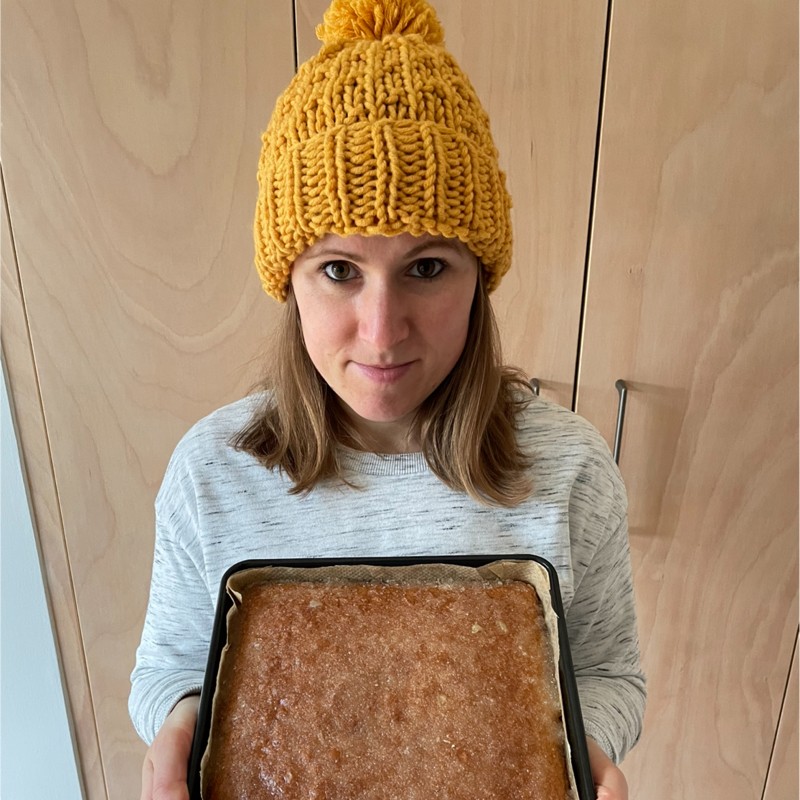How does a bean-to-cup coffee machine work?
Get barista-worthy coffee at the touch of a button

There are so many ways to get your daily caffeine fix, but for a lot of us nothing can beat barista coffee delivered straight into your hand from the local artisan coffee shop on your way to work. However, times are changing and the increase in working from home is one pandemic trend that’s set to stay. So if your walk to work no longer takes you past a coffee shop you may be thinking about investing in one of the best coffee machines to brew your own tasty drinks at home.
True coffee aficionados will know that the best cup of coffee comes from freshly ground beans. Grinding coffee beans right before brewing your drink is a sure-fire way to create the finest flavor and aroma, as well as ensuring a thick rich crema on the top of the coffee. But grinding your own beans to the perfect size in a grinder before brewing your coffee is a lengthy process that just isn’t achievable in most people’s morning routines.
So the next best thing is a bean-to-cup coffee machine. They might come in at the pricier end of the coffee maker scale but investing in one of these to brew your morning coffee is the most hassle-free way to experience fresh barista-style hot drinks at home.
Read on to find out just how bean-to-cup coffee machines work, or if you want to get your hands on one of the best bean-to-cup machines now, check out these great deals for some of the best prices on the market.
What is a bean-to-cup coffee machine?
A bean-to-cup coffee machine takes care of the whole process from grinding the beans to pouring a delicious fresh coffee right into your favorite cup. These machines have an integrated grinder that grinds coffee beans to order, so your coffee is always made using the freshest possible grounds for the best flavor and aroma.
The most hands-off automatic bean-to-cup machines typically offer a selection of coffee types on a menu screen. You can choose between coffee shop favorites such as intense espresso, frothy cappuccino, silky latte, or flat white.
These models have a built-in milk carafe and will dispense perfectly texturized milk into the coffee to create barista-style drinks with minimal input from you, providing your caffeine fix without disrupting your morning routine. Often the milk carafe is removable so you can pop it back in the fridge between coffees and avoid the horror of sour milk in your drink.
Sign up for breaking news, reviews, opinion, top tech deals, and more.
For coffee lovers who want more control over the exact make-up of their drink, there are bean-to-cup coffee machines that feature a steam wand. These machines grind beans and dispense black coffee options including espresso, americano, and espresso lungo.
But the milk texturizing isn’t automated, you get to play barista and steam milk to your exact preference, whether that’s foam, no foam or somewhere in-between. These models give you the flexibility to create drinks just as you like them.

How does a bean-to-cup coffee machine work?
Bean-to-cup machines usually feature a hopper that you fill with your choice of coffee beans. Then, when you select your coffee from the menu on the machine, the correct quantity of beans is automatically dropped into the grinder and ground to the specific grind size required for the perfect coffee extraction.
Some machines have grind settings that can be adjusted to allow you more exact control over the finished flavor and aroma of your coffee, but this is usually something you’d adjust when the machine is new and then forget about.
After grinding, the coffee is dispensed from the grinder into the portafilter and compressed, in a process known as ‘tamping’, you’ll see your local barista doing this part by hand. This compression forms a disc of coffee, known as a puck, which if you have to do it by hand, can be tricky to get the pressure just right, so it’s great news that the machine takes care of this part. Because creating a perfectly compressed puck of coffee is crucial in extracting the most flavor from the grounds.
To create the drink, a predefined quantity of pressurized hot water is pushed through the puck of coffee and dispensed into your cup, usually within a specific time frame to guarantee the best flavor. But water temperature and coffee dose are amongst the settings that can be fine-tuned if you’ve got one of the best machines.
For coffee machines that have a manual steam wand, it’s then up to you to complete the drink by steaming and foaming your milk to the desired texture in a jug and adding it to the coffee. As we mentioned above, fully automatic machines take care of this part for you. They have a milk carafe which you need to fill up, but the rest is automated.
Depending on the drink you’ve selected, the coffee machine will heat and texturize the milk to the optimum consistency and dispense it into your cup on top of the coffee shot. Milk temperature, texture and foam levels are very subjective, and we all have different preferences, so the best automatic bean-to-cup coffee machines have customizable milk settings so that you can configure it to produce drinks that are exactly to your liking.

How to clean a bean-to-cup coffee machine?
Bean-to-cup coffee makers usually perform rinse cycles before turning off, some also do it when they’re first switched on too. These rinse cycles clean the coffee spout and the milk spout to ensure no residues dry on to any of these parts. The used coffee grounds are tipped into a bin at the end of brewing, this doesn’t need emptying daily, but often there’ll be a visual prompt to let you know when it’s too full.
Like most coffee machines, bean-to-cup machines feature automatic cleaning cycles for more thorough cleans and descaling and they prompt you to perform these cleans at regular intervals. Take note though, you’re usually required to use the brands own descaling or cleaning solution otherwise you risk invalidating the warranty.
- Check out these great coffee maker deals

Helen is a freelance writer who specializes in kitchen and home appliances, and has written for some of the biggest home-related titles around. She has been reviewing small appliances, including blenders, air fryers, and vacuums for more than 15 years. When she's not busy testing the latest food and home gadgets, she enjoys DIY and gardening.